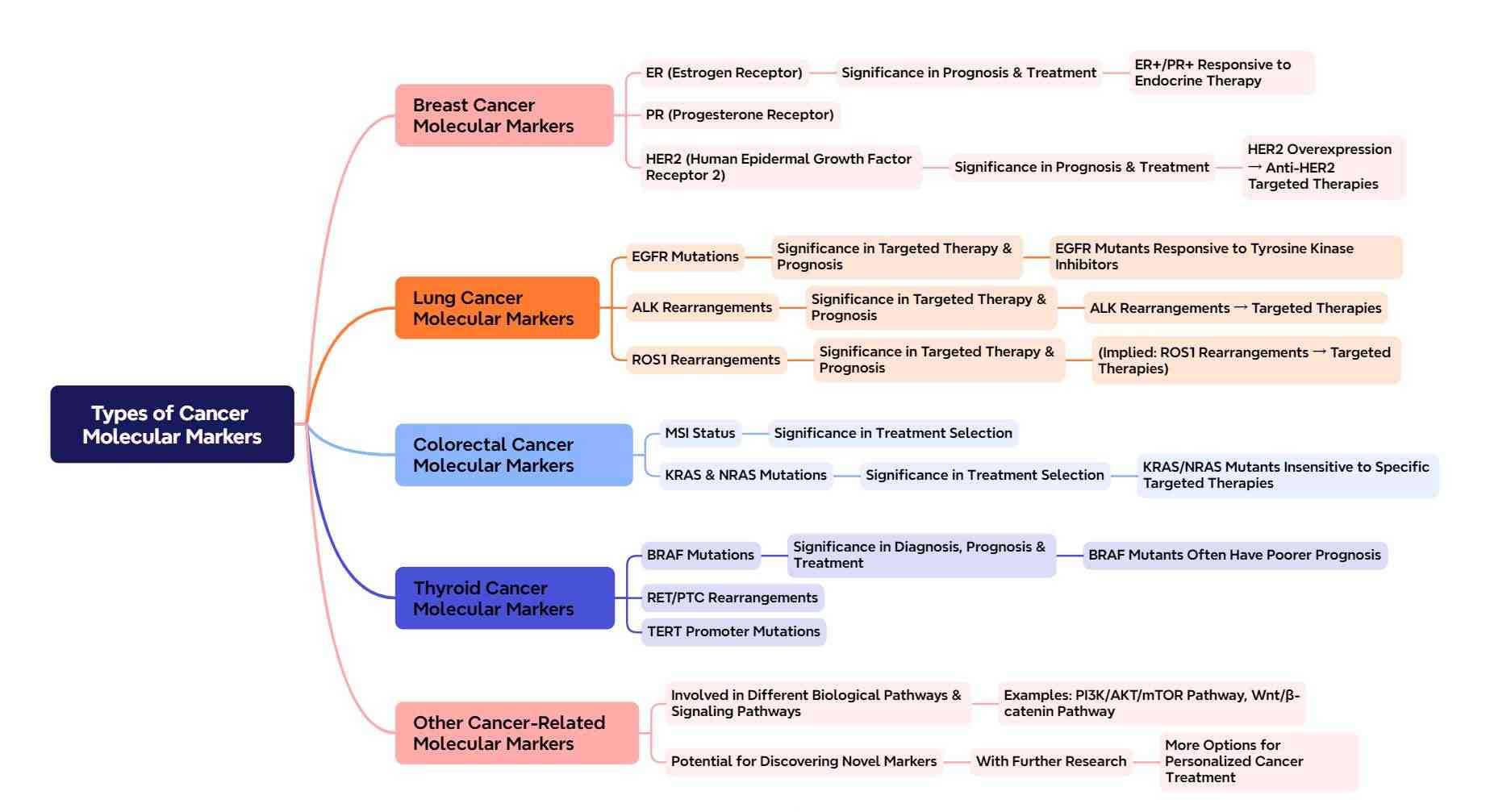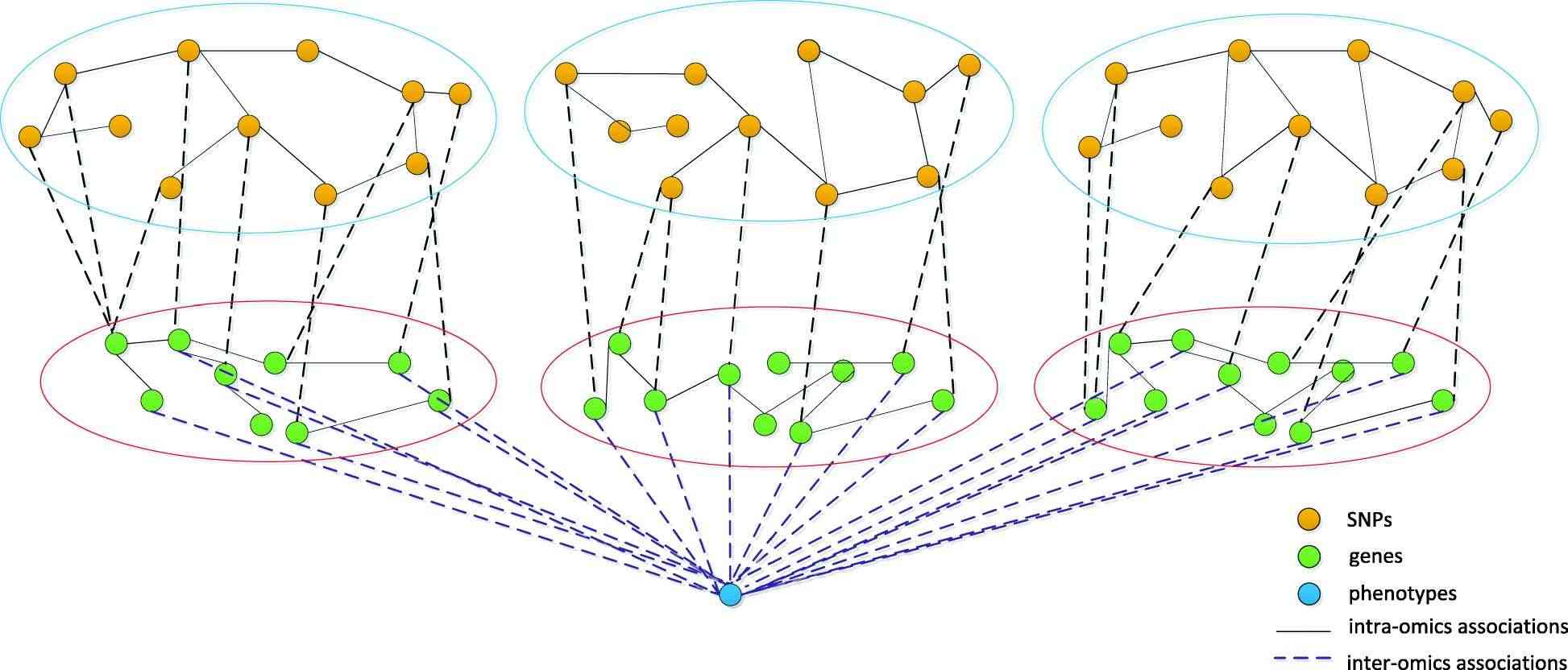
cDNA: Current Applications and Future Horizons
In the deep exploration of contemporary molecular biology, complementary DNA (cDNA) has become the core factor to promote the development of multi-dimensional research with its excellent characteristics. With the deepening study of gene expression regulatory network, functional genomics framework and molecular pathological mechanism of diseases, the limitations of traditional research strategies in the face of […]


 Sample Submission Guidelines
Sample Submission Guidelines








